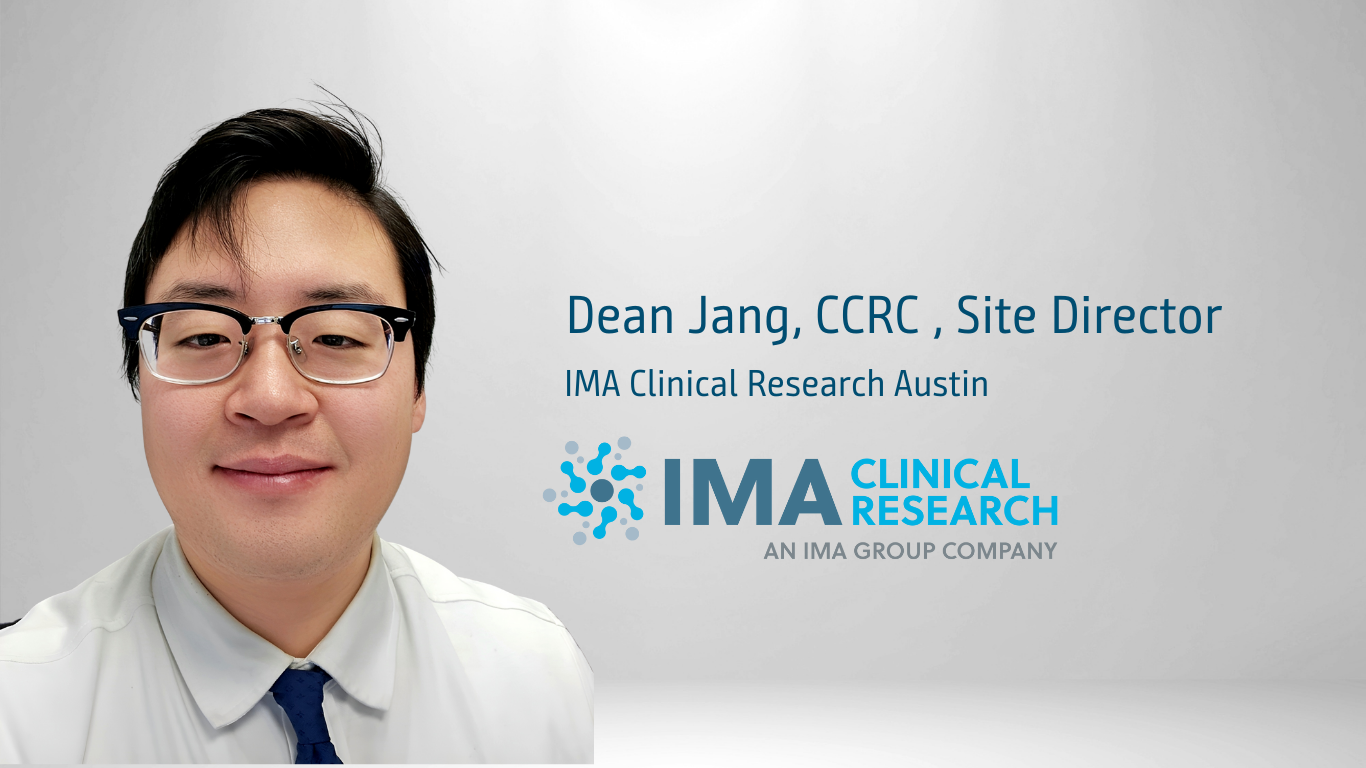Understanding Alzheimer’s Disease
Alzheimer’s and Brain Awareness Month is declared each June by the Alzheimer’s Association to help raise awareness about this disease and other forms of dementia. The brain is irreplaceable and controls all that we do and all that we are. Therefore, maintaining brain health and recognizing changes early on that may signal future problems are extremely important steps to take to prevent Alzheimer’s disease
What is Alzheimer’s Disease?
In 1906, the German physician Alois Alzheimer described what’s attributed as the first recorded case of Alzheimer’s disease in a fifty-year-old woman named August Deter. Alzheimer’s disease is an age-related brain disorder that slowly, progressively and irreversibly destroys memory and thinking skills. In the end stages of the disease, patients depend entirely on others for care.
Although the exact causes of Alzheimer’s disease are unknown, contributing factors may include genetics, head injuries, medication use and lifestyle or social factors. The condition is characterized by distinctive changes in the brain that begin years before the onset of symptoms and includes the development of amyloid plaques and neurofibrillary tangles that result in the loss of neurons and their interconnections. Over time, the brain shrinks as neurons become inactive and die.
Alzheimer’s disease is not a normal part of aging. Memory loss is one of the first signs of cognitive impairment related to Alzheimer’s disease. However, a decline in non-memory aspects of cognition, such as word-finding, visual or spatial issues and impaired reasoning or judgment, may also signal early stages of Alzheimer’s disease.
It’s estimated that more than six million Americans are currently affected by this disease, which is expected to rise to approximately fourteen million by the year 2050. Alzheimer’s is the sixth-leading cause of death in the United States and is the only illness in the country’s top ten causes of death that can’t be prevented. The total healthcare expenditures for Alzheimer’s disease treatment in 2020 were estimated at $305 billion. This cost is expected to soar to more than $1 trillion by 2050.
Alzheimer’s Clinical Research
Currently, several drugs on the market can temporarily slow specific symptoms of Alzheimer’s, but no drug can prevent or treat the disease itself. This further underscores the importance of early detection and treatment because a damaged brain cannot be restored.
There’s active research into the causes and prevention of Alzheimer’s disease, with the hope that early detection and removal of amyloid plaque and tau tangles can prevent brain damage and resultant memory loss. There are new blood biomarkers and imaging tests to detect amyloid and tau, which could help identify people who may develop Alzheimer’s later in life. Several clinical research trials are currently evaluating medicines that remove amyloid and tau in patients without detectable memory loss to see if Alzheimer’s disease can be prevented.
At IMA Clinical Research, we proudly support the Alzheimer’s Association and pharmaceutical developers running clinical trials to find better treatments for Alzheimer’s and other forms of brain disease.
If you’re interested in participating in one of these ground-breaking trials, please contact us to see if you qualify.
Author: Dr. Robert Falcone, MD




